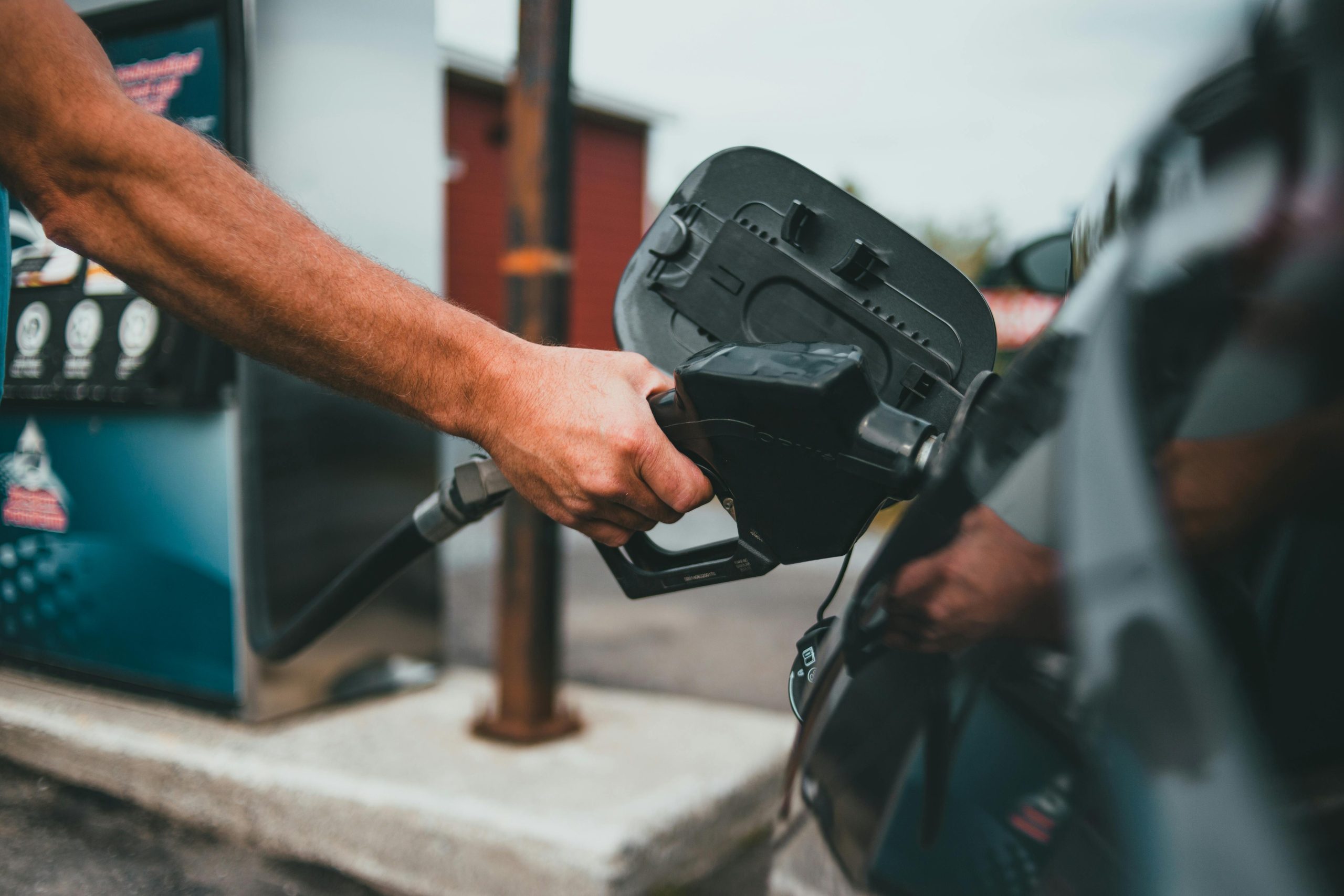Title: Liability Coverage for Damage Caused While Not Driving Your Vehicle: What You Need to Know
When it comes to car insurance, many drivers wonder about the extent of their coverage, especially in situations where they are not behind the wheel. If you’ve ever found yourself in a similar scenario—accidentally causing damage to someone else’s vehicle without being the driver—it’s important to understand your policy’s scope and potential implications.
Understanding Liability Coverage When Not Driving
Liability insurance is designed to protect you against financial responsibility if you’re at fault in an accident. Typically, it covers bodily injury and property damage caused by your driving, regardless of whether you are actively behind the wheel at the time. However, the specifics can vary based on your insurance provider and the circumstances of the incident.
Scenario Overview
Imagine a situation where a pedestrian inadvertently causes significant damage to a parked vehicle. For instance, a person walking through a parking lot accidentally dents a nearby truck. The damage is substantial enough to require repairs at a shop, and the car owner holds liability coverage through their insurer, such as USAA.
Key Questions to Consider:
-
Am I financially responsible if I was not the driver at the time of the incident?
In most cases, liability coverage is intended to cover damages caused during the operation of your vehicle. If you were not driving during the incident, you may not be automatically covered for damages caused by your actions, especially if you were acting outside the scope of your insurance policy. -
Will inquiring with my insurance provider impact my premium?
Asking your insurer about coverage details typically does not affect your rates. Clarifying your coverage is a responsible step to understand your liability and prevent surprises in the future.
Additional Context
In a similar anecdotal situation, a young individual—thinking it would be humorous—attempted to enter a parked vehicle through the passenger side, resulting in a knee injury that caused a pretty severe dent. While such actions are unintentional, they highlight how quickly damage can occur from seemingly minor or impulsive actions, especially in crowded parking areas.
Final Thoughts
To best protect yourself, it’s advisable to review your insurance policy and discuss specific scenarios with your insurer. Understanding what is and isn’t covered can save you from unexpected expenses and help you make informed decisions about driving and pedestrian conduct.
Disclaimer: This post is for informational purposes only and should not replace professional insurance advice. Always consult your insurance provider for specific coverage questions.



